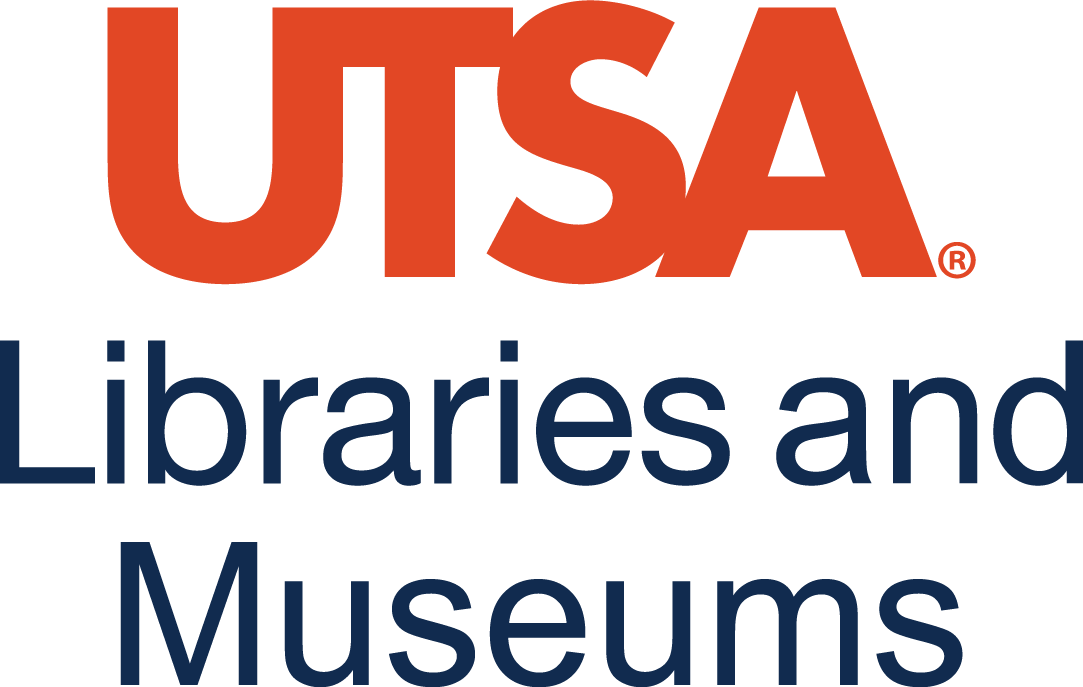Assistive Technology
2 A review: Accessible technology through participatory design | Review
Bruna Damiana Heinsfeld
Article
Quintero, C. (2022). A review: Accessible technology through participatory design. Disability and Rehabilitation: Assistive Technology, 17(4), 369-375. https://doi.org/10.1080/17483107.2020.1785564.
Authors

Christian Quintero is an Assistant Professor in the Engineering department at the Universidad Militar Nueva Granada in Colombia, who holds a Ph.D. in Design and Creation from the Universidad de Caldas, Colombia. Dr. Quintero’s research is centered on the domains of disabilities, assistive technology, and experience design.
Review
Summary
The article titled “A review: accessible technology through participatory design” is authored by Christian Quintero, an Assistant Professor in the Engineering department at the Universidad Militar Nueva Granada in Colombia, who holds a Ph.D. in Design and Creation from the Universidad de Caldas, Colombia. Dr. Quintero’s research is centered on the domains of disabilities, assistive technology, and experience design.
The article underscores the importance of collaboration among designers, researchers, and end-users in crafting technology solutions for a broad range of disabilities. It conducts an extensive review of existing literature, focusing on case studies illustrating the effectiveness of participatory design in creating accessible technology. The benefits of participatory design, such as improved user satisfaction, enhanced usability, and increased accessibility, are emphasized. Additionally, the article delves into the challenges of implementing participatory design, including the need for clear communication and potential power imbalances among participants. In essence, the article offers a comprehensive view of the role of collaboration in shaping accessible technology and highlights the potential advantages of participatory design.
Research Method
The research approach in this article involves a literature review. The author systematically searched various digital databases, like JSTOR, ScienceDirect, Web of Science, Springer, IEEE Xplore, and ProQuest, employing keywords like accessibility, assistive technologies, and participatory design. This search process was conducted in November 2018, with search criteria based on citation counts and a publication timeframe spanning five years from 2014 to 2018. The author considered the first 100 results to avoid information overload, and abstracts were screened to identify pertinent papers for downloading and categorization using emerging thematic codes. Subsequently, these papers were analyzed to identify recurring themes and patterns related to participatory design and accessible technology. It’s important to note that the review focused on papers written in English by researchers and practitioners in the fields of accessibility, assistive technologies, and participatory design.
For thematic analysis, the author used content analysis techniques, making use of Qiqqa, a free software designed for handling multiple PDF documents. This systematic approach to searching and analyzing peer-reviewed scientific papers through thematic coding and content analysis allowed the author to identify common themes and patterns related to participatory design and accessible technology. The themes that emerged from the analysis encompassed the advantages of participatory design, the challenges associated with its implementation, and the pivotal role of communication in participatory design.
Findings
The key findings of this review article affirm that participatory design can lead to more accessible and user-friendly technology solutions for people with disabilities. The review of peer-reviewed scientific papers revealed that participatory design is associated with heightened user satisfaction, improved usability, and increased accessibility. The author concludes that involving end-users in the design process can result in more user-centric, innovative, and customized solutions, reducing the likelihood of equipment abandonment. The review also acknowledges some challenges related to participatory design, particularly the need for transparent communication among designers, researchers, and users, as well as the potential for power imbalances that may affect participation and decision-making.
Critique and Limitations
One limitation of this study is its exclusive focus on peer-reviewed scientific papers in the English language, which may have excluded relevant studies in other languages or non-peer-reviewed sources. Additionally, the study lacks detailed information about the search criteria used to identify relevant papers, including the specific keywords and search strategies. This absence of transparency makes it challenging for readers to assess the thoroughness of the search process and the comprehensiveness of the literature review. A constructive critique of this study is that it could have included a more in-depth analysis of the quality of the papers included in the review, such as assessing their methodological rigor and the strength of the evidence they provide. This would have offered a more nuanced understanding of the findings and their practical consequences.
Impact and Reflections for the Field ANF FOR PRACTICE
The implications of this article hold significance for the field of accessible technology and design. The evidence suggests that participatory design can contribute to the development of technology solutions that are more accessible and user-friendly for individuals with disabilities. These insights have practical applications for designers, researchers, and policymakers in various settings, including K-12 and higher education, as well as corporate and government contexts. For example, in educational settings, participatory design can be employed to create more inclusive and accessible learning technologies that better cater to the needs of students with disabilities. In situations where it may not be feasible to involve disabled students and their families in the design of assistive technology, educators can engage them in the decision-making process regarding the selection of technology. This approach ensures that the technologies used are more user-centric and effective, tailored to the specific needs of the students, thus enhancing their learning experience. Additionally, involving students in the design of online course materials and digital resources can ensure that these materials are accessible and usable for all students. Overall, the findings underscore the importance of involving users from the outset and considering accessibility and usability, ultimately leading to more effective and inclusive solutions that better meet the needs of students with disabilities.

